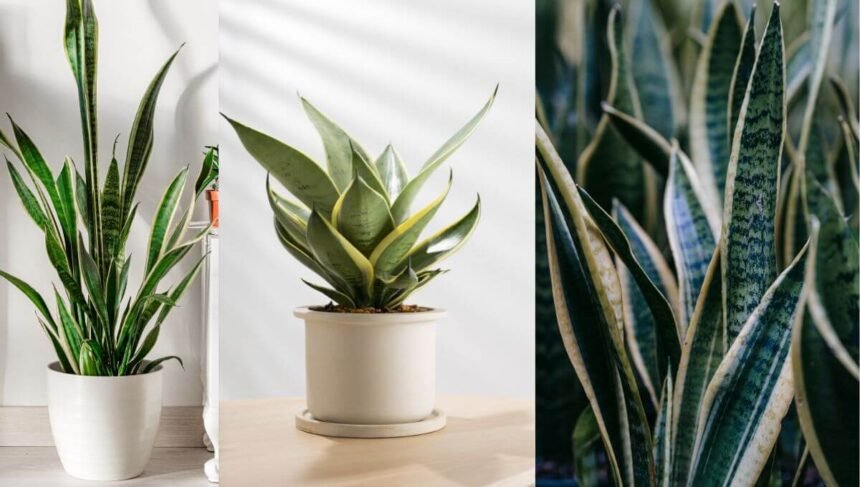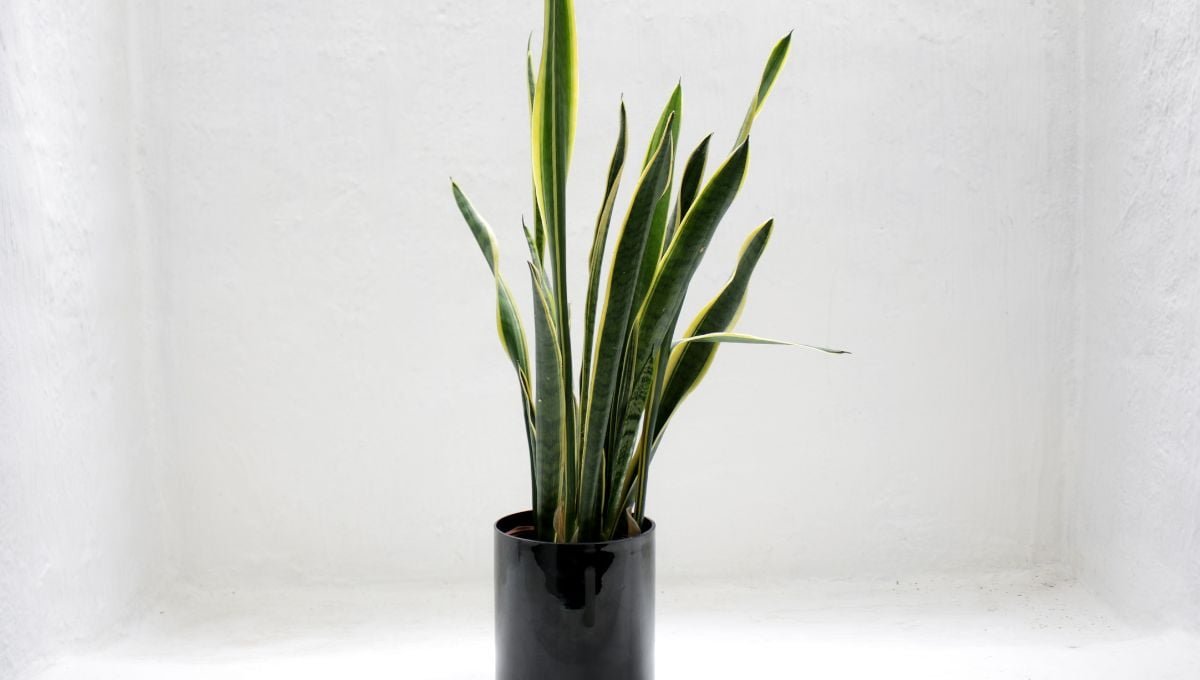Snake plants (Sansevieria trifasciata), also known as mother-in-law’s tongue, have become popular houseplants due to their low maintenance and air-purifying qualities.
While they offer numerous benefits, it’s essential to understand that snake plants also come with several disadvantages.
This article delves into these downsides, providing a comprehensive overview for potential plant owners.
1. Toxicity to Pets and Humans
One of the significant disadvantages of snake plants is their toxicity to pets. According to the American Society for the Prevention of Cruelty to Animals (ASPCA), snake plants contain saponins, which can cause gastrointestinal upset in pets if ingested.
Symptoms include nausea, vomiting, and diarrhea. For households with curious cats or dogs, this presents a substantial risk, requiring pet owners to keep these plants out of reach or consider non-toxic alternatives.
While less severe, snake plants can also pose a risk to humans. The saponins found in the plant can cause mouth and throat irritation, leading to symptoms like nausea and vomiting if ingested. This is particularly concerning for households with small children who might accidentally chew on the leaves.
2. Watering Challenges
Snake plants are succulents, meaning they store water in their leaves and require infrequent watering.
However, this characteristic can be a double-edged sword. Overwatering is a common issue, leading to root rot.
The plant’s roots are highly susceptible to waterlogged conditions, which can quickly lead to decay and death of the plant.
Conversely, while snake plants are drought-tolerant, they still need occasional watering.
Underwatering can cause the leaves to become dry and shriveled. Finding the right balance in watering frequency can be tricky, especially for novice plant owners.
3. Growth and Maintenance Challenges
Another disadvantage of snake plants is their slow growth rate. For those looking to quickly fill a space with greenery, snake plants might not be the best option.
They can take several years to reach their full height, making them less suitable for impatient gardeners or those looking for rapid results.
Although generally low-maintenance, snake plants require occasional pruning and repotting.
Over time, their leaves can become overgrown, necessitating trimming to maintain their aesthetic appeal.
Additionally, they need repotting every few years as their roots grow, which can be cumbersome for some plant owners.
4. Temperature Sensitivity
Snake plants thrive in warm environments and are highly sensitive to cold temperatures.
Exposure to temperatures below 50°F (10°C) can cause damage to the leaves, leading to discoloration and potential death.
This sensitivity makes them unsuitable for outdoor planting in regions with cold winters unless adequate protection is provided.
While snake plants can withstand higher temperatures, prolonged exposure to extreme heat can also be detrimental.
Excessive heat can cause the leaves to become scorched or wilted, especially if the plant is not adequately watered. Thus, maintaining an optimal temperature range is crucial for their health.
5. Limited Air Purification Efficacy
Snake plants are often touted for their air-purifying capabilities, primarily based on a NASA study from the 1980s.
However, it’s essential to contextualize these findings. The study was conducted in a controlled environment, and the level of purification observed is not easily replicable in typical home settings.
Therefore, relying solely on snake plants for significant air purification is unrealistic.
To achieve noticeable air purification benefits, a large number of snake plants would be required.
This is impractical for most households, as it would demand considerable space and maintenance efforts.
As a result, while they do contribute to air quality, their impact is often overstated.
6. Susceptibility to Pests and Diseases
Despite their hardy nature, snake plants are not immune to pests. Common pests include spider mites, mealybugs, and aphids.
These pests can damage the plant by sucking the sap from the leaves, leading to discoloration and weakening of the plant. Regular inspection and treatment are necessary to keep these pests at bay.
Snake plants are also susceptible to fungal infections, particularly in conditions of high humidity or overwatering.
Root rot, caused by various fungi, is a prevalent issue that can quickly spread if not addressed promptly.
Managing watering practices and ensuring proper drainage are critical to preventing such infections.
7. Potential for Allergenic Reactions
Handling snake plants can sometimes cause skin irritation. The sap of the plant contains compounds that may trigger allergic reactions in sensitive individuals.
Symptoms can include redness, itching, and a rash. Wearing gloves when handling the plant can help mitigate this risk.
In rare cases, some individuals may experience respiratory issues when exposed to the plant’s pollen or dust that accumulates on the leaves.
This can be particularly problematic for people with asthma or other respiratory conditions. Regular cleaning of the plant’s leaves can help reduce this risk.
8. Environmental Considerations
Snake plants are native to West Africa, and their introduction to non-native environments can have ecological impacts.
In some regions, they can become invasive, outcompeting local flora and disrupting ecosystems. Responsible disposal and containment are crucial to prevent unintended environmental consequences.
The popularity of snake plants has led to concerns about sustainable sourcing. Overharvesting in native regions can threaten local populations and biodiversity.
Ensuring that snake plants are sourced from reputable, sustainable growers is important for eco-conscious consumers.
9. Aesthetic Limitations
While snake plants have a distinct and striking appearance, their aesthetic can become monotonous.
Their stiff, upright leaves and limited variety in leaf patterns may not appeal to everyone. For those seeking a more dynamic or colorful indoor garden, snake plants might fall short.
Snake plants rarely flower indoors, and when they do, the blooms are often inconspicuous.
This can be a disadvantage for those who enjoy flowering plants and the added visual and olfactory appeal they bring to a space.
The Final Words
While snake plants offer numerous benefits, including low maintenance and air purification, they are not without their drawbacks.
Their toxicity to pets and humans, watering challenges, slow growth rate, temperature sensitivity, and susceptibility to pests and diseases are significant considerations.
Additionally, their limited air purification efficacy, potential for allergenic reactions, and environmental concerns further highlight the need for careful consideration before bringing these plants into your home.
Understanding these disadvantages allows potential snake plant owners to make informed decisions and take appropriate measures to mitigate the risks.
By doing so, they can enjoy the benefits of snake plants while minimizing the downsides, ensuring a harmonious and healthy living environment.

















